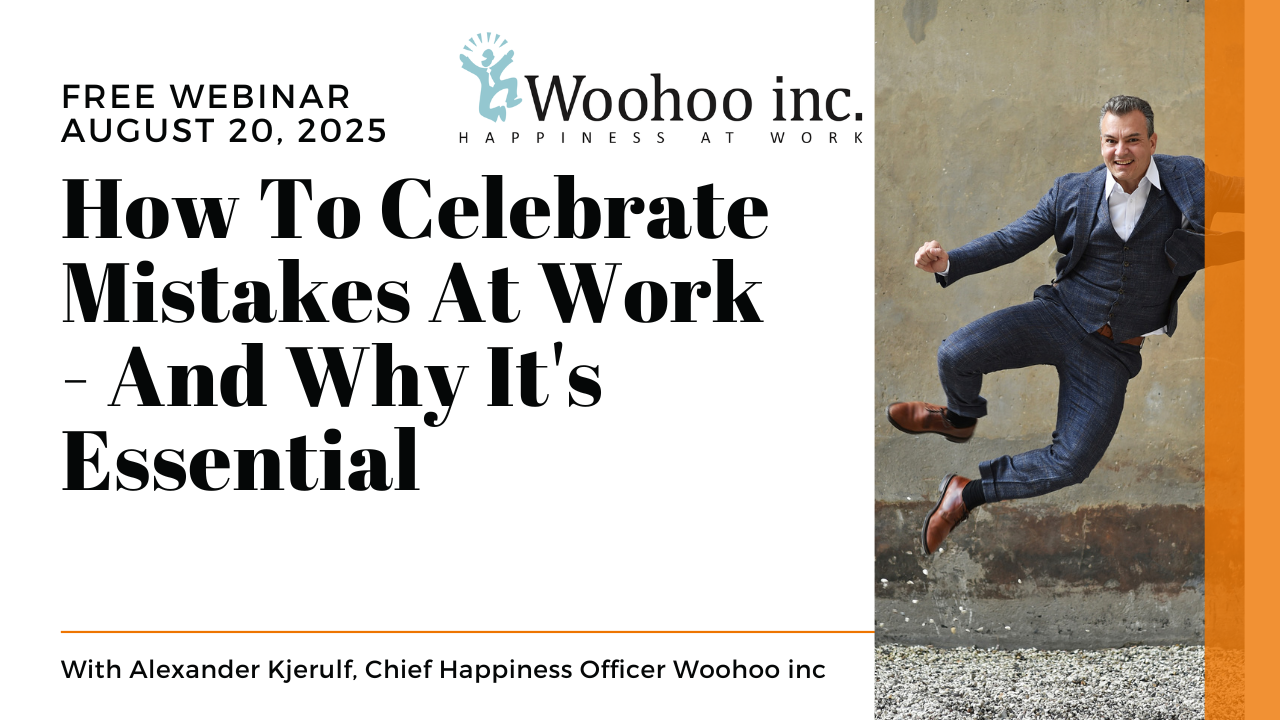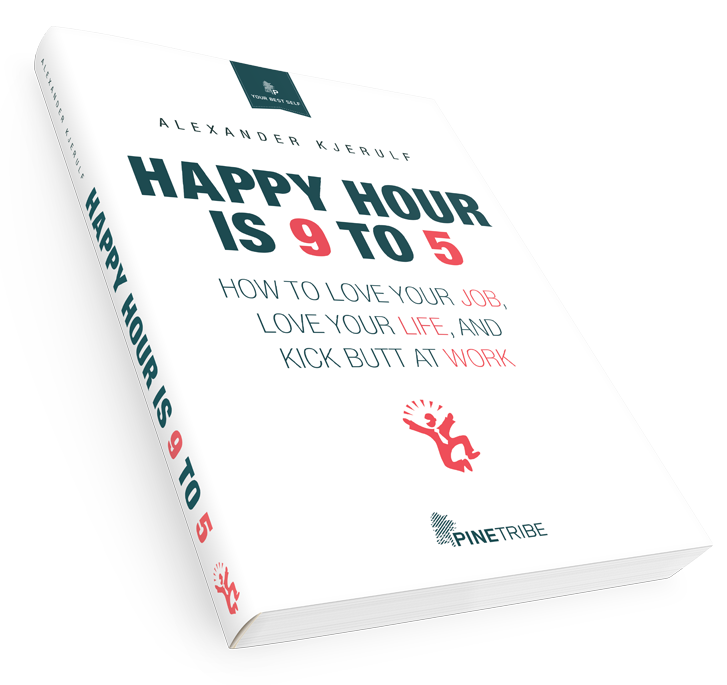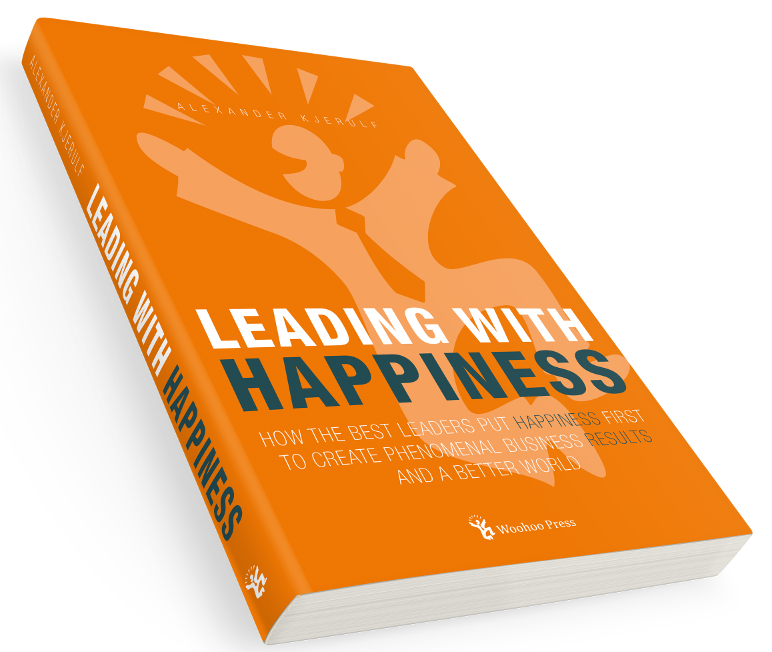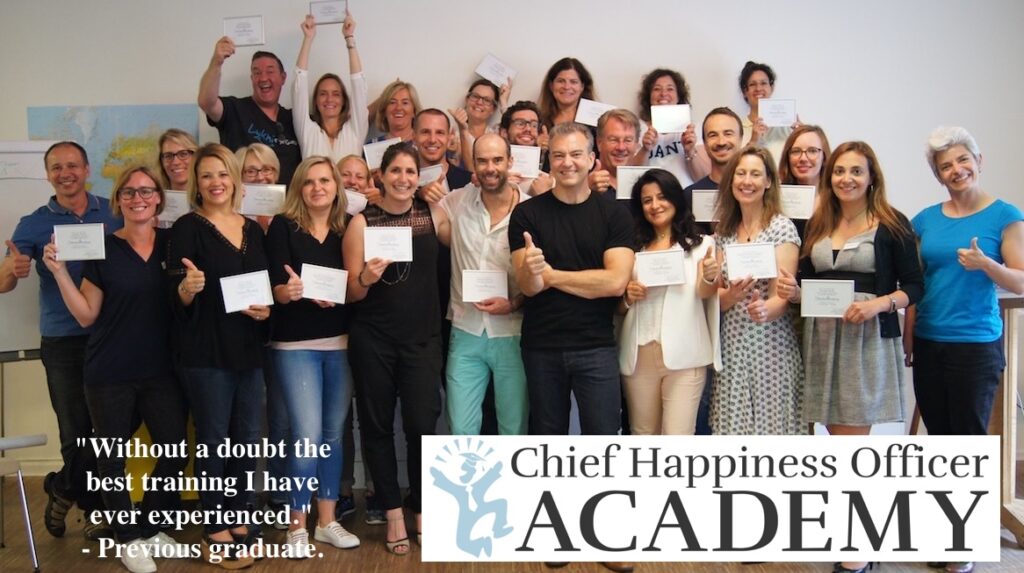
Studies show that when you have a good start to your work day, you’ll typically have a good day. Here’s our
easiest and
best tip for kicking your work day off with happiness: The Level 5 Good Morning.
We call it that because there are several approaches to saying good morning at work:
Level 0: You ignore people completely
Level 1: A somewhat unintelligible grunt
Level 2: Saying good morning without looking at people
Level 3: Make eye contact as you say good morning
Level 4: Also say something more than just good morning, e.g. “How are you?” or something more personal.
Level 5: Also touch the other person – e.g. a handshake or a pat on the shoulder. You can even hug, but only if you want to :-)
At what level are the typical good mornings in your workplace? And what would happen if you took it to level 5?
Please do not underestimate the effect of something as simple as saying good morning at work. Here’s an example from one workplace:
I once worked for a bank in Germany (well these are two locations in which you would not normally expect “personal affection” ;-)).
The team was large, about 40 people worked in one open space office. It surprised me a lot that every morning, whoever arrived, walked through the whole office and greeted everybody with a handshake and some personal words. It did not matter if the team members came, the bosses from higher up or anybody from another department. It was known everywhere that here you greet everybody personally.
For the first week, I found that very strange and a bit intimidating. Also, it cost a lot of time all in all. Yet afterwards, I really enjoyed it. It gave everybody the chance to get to know the colleagues a bit better, to hear what they are off to or to realize that somebody is not in or just returned from a trip or vacation. There was no need to e-mail weekly lists on who is out when. We just knew it.
Btw, when I moved on to another job, I sort of missed it.
So that’s your mission: For the rest of this week, greet your co-workers in the morning with a level 5 good morning.
What if people don’t say good morning back? Well, here’s one way to deal with that.
Once you’ve done it, please write a comment below and tell us how it went. Did it work or fail miserably? Did you do it exactly as proscribed or improve upon the mission in your own way?
Related posts



 Everyone in Scandinavia knows that SAS (the airline, not the IT company) is struggling. They almost went into chapter 11 3 weeks ago and were saved only by a new agreement with pilots and cabin crew who agreed to lower salaries and longer working hours to save the company.
Everyone in Scandinavia knows that SAS (the airline, not the IT company) is struggling. They almost went into chapter 11 3 weeks ago and were saved only by a new agreement with pilots and cabin crew who agreed to lower salaries and longer working hours to save the company.





